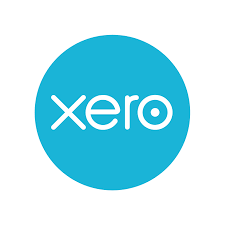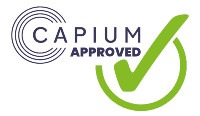The Government’s Making Tax Digital (MTD) programme is getting serious now and is due to hit personal income taxpayers for the first time in April 2023. Are you and your business ready?
If your business is VAT-registered, you’ll probably already be MTD-compliant, at least when it comes to your VAT returns. That’s been a requirement for VAT-registered businesses over the annual turnover threshold of £85,000 since April 2019.
And as of April 2022, it applies to all VAT-registered businesses – as, hopefully, your accountant has mentioned to you. We’ve certainly been doing our bit to keep our clients informed.
If you’re a sole trader who isn’t registered for VAT, however, or someone with additional income from, say, property, or freelance work, it’s possible MTD isn’t even on your radar.
In that case, let’s run through a quick briefing.
What is MTD, exactly?
MTD is the Government’s effort to get the tax system completely online. It wants to remove opportunities for errors to be introduced through manual entry or copy-and-paste.
And, let’s be honest, it also wants to make it harder for people to deliberately misreport their income to reduce their tax bill.
In practice, that MTD means keeping financial records using software which connects digitally all the way through to when you submit your tax return. HMRC wants to be able to trace every transaction back to its root with a few clicks.
Having set out its ambition to make the UK “one of the most digitally advanced tax administrations in the world”, it’s been rolling MTD out one stage at a time for several years now.
Each step of the way, more taxpayers are gathered in and expected to comply with MTD.
What’s the timeline?
VAT-registered businesses came first, as we’ve already covered above.
MTD for income tax self-assessment (MTD for ITSA) is next, having been quietly announced in a non-Budget statement from the Chancellor in July 2020.
From April 2023, it applies to self-employed businesses and landlords with annual income above £10,000.
After that, the dates are less firm. HMRC also has a habit of delaying MTD rollouts. Still, we can be fairly certain that in 2026 or soon after, MTD will begin to apply to corporation tax. There’ll be a voluntary pilot for that scheme from April 2024.
By the end of the decade, it’s likely that all taxpayers, whether businesses or individuals, will have been scooped up.
MTD for ITSA: what do I need to do?
First, you’ll need to register with the scheme before 6 April 2023. There are some complications right now around financial years and reporting periods which might give you more time but, in most cases, that’s the target date.
Next, you’ll need to make sure you’re keeping digital records for the accounting period covered. The good news is, if you’re already using cloud accounting software (we recommend Sage, Quickbooks or Xero) you’re already doing this. Most cloud software providers work closely with HMRC to ensure their products remain compliant, too, right out of the virtual box.
Then, something really interesting happens: you’ll need to start sending summaries of business income and expenditure to HMRC every three months. That will also trigger a statement of how much tax you owe at each check-in point.
Some people have suggested this amounts to doing several tax returns a year. It’s not quite that bad but it is definitely more work for you and for us.
Finally, instead of the current end-of-year self-assessment tax return, you’ll need to submit a final declaration of business income. You’ll get the chance to claim tax relief and allowances at this point, too.
Talk to us about getting set for MTD for ITSA and for ongoing support managing your obligations to report to HMRC.


